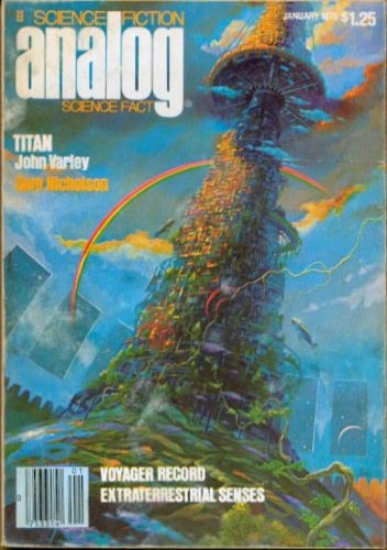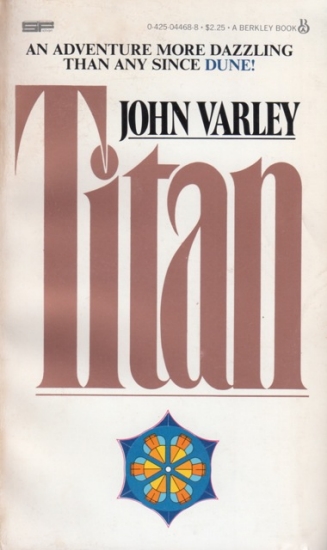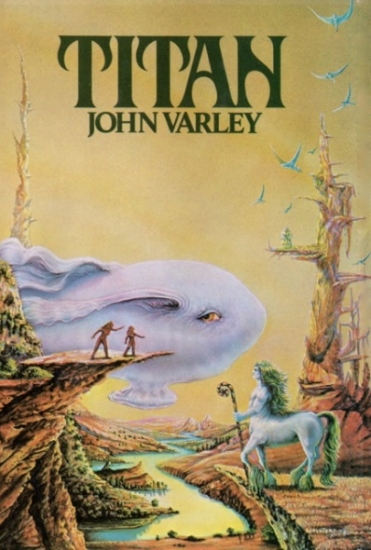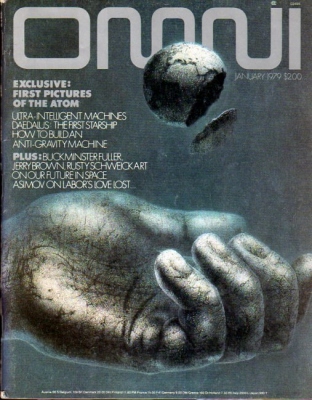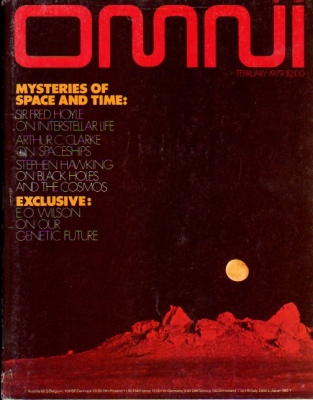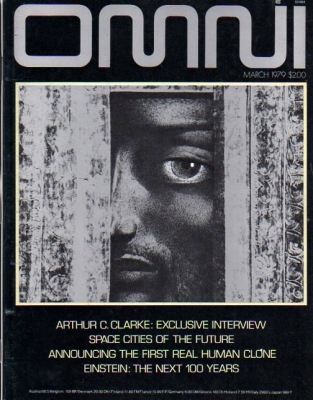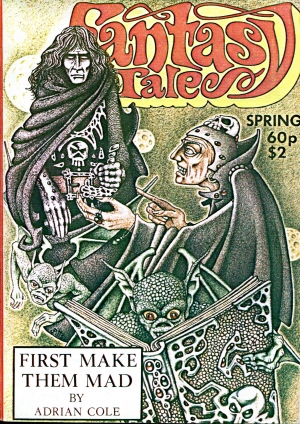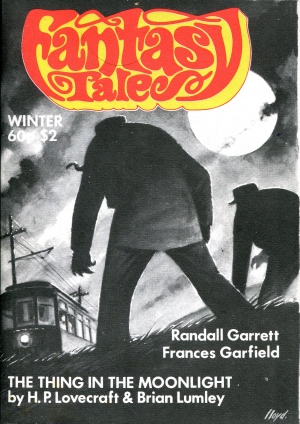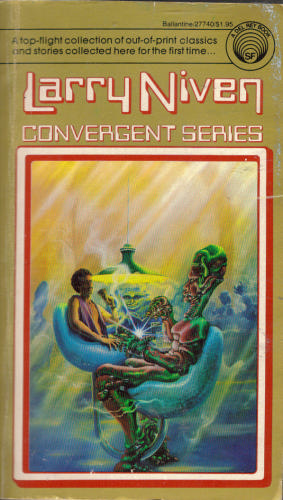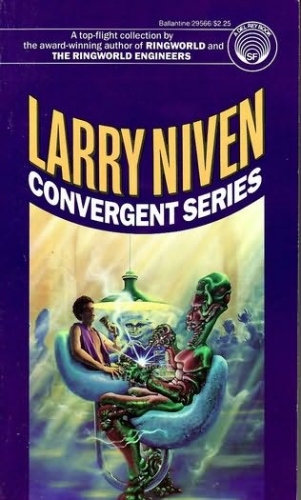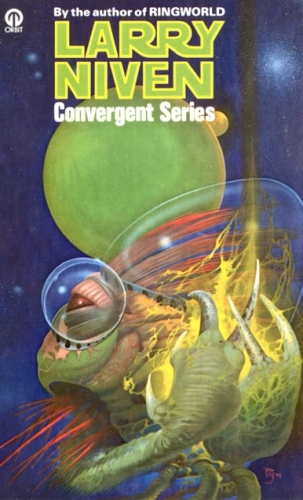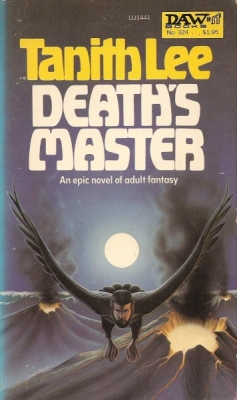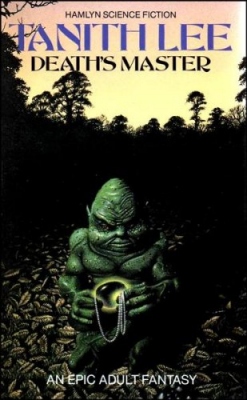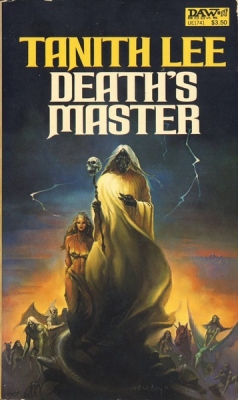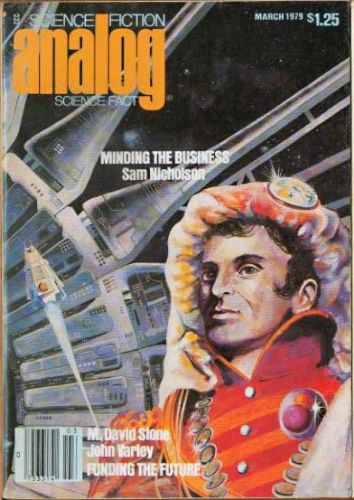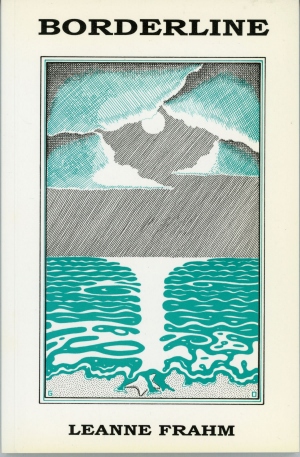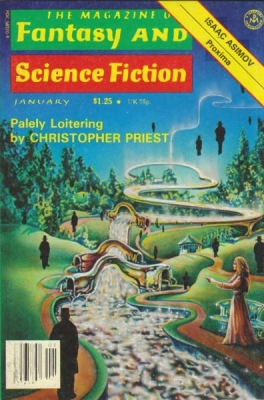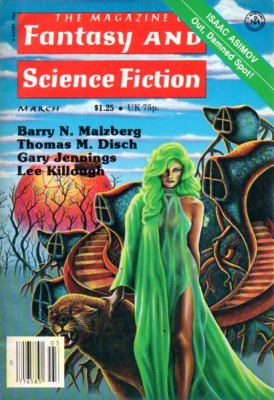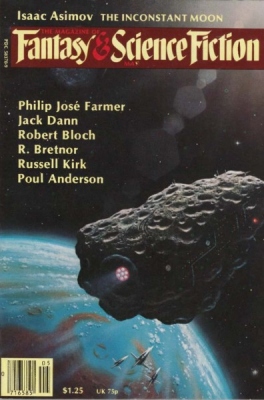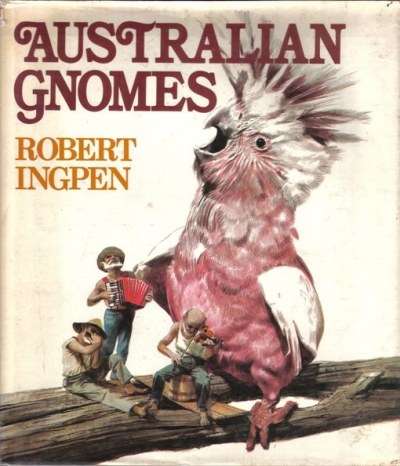The Golden Age of Science Fiction: Titan, by John Varley
The Locus Awards were established in 1972 and presented by Locus Magazine based on a poll of its readers. In more recent years, the poll has been opened up to on-line readers, although subscribers’ votes have been given extra weight. At various times the award has been presented at Westercon and, more recently, at a weekend sponsored by Locus at the Science Fiction Museum (now MoPop) in Seattle. The Best Book Publisher Award dates back to 1972, although in 1975 and 1976 the Publisher Award was split into paperback and hardcover categories. Ballantine Books won the award each year from its inception through 1977 (winning the paperback for the two experimental years with the Science Fiction Book Club winning the hardcover award). In 1978, when Del Rey was established as an imprint of Ballantine, Ballantine/Del Rey began winning the award. The award was not presented in 1979 for works published in 1978, but when it was reinstituted in 1980, Ballantine/Del Rey picked up its winning streak. In 1980. The Locus Poll received 854 responses.
Titan belongs to the subgenre of science fiction that Roz Kaveny described as “Big Dumb Objects,” or BDO, in her 1981 essay “Science Fiction in the 1970s.” As such, the novel is reminiscent of some of the earlier examples of that genre, such as Larry Niven’s Ringworld or Arthur C. Clarke’s Rendezvous with Rama. As with those earlier novels, a group of explorers, in this case human astronauts, find themselves exploring a massive artifact in space, often traveling into the interior of the world, as if they were space-faring European explorers delving into nineteenth century Africa.
In Titan, the BDO is referred to initially as Themis, and later as Gaea. The explorers are a band of human astronauts assigned to the Ringmaster: Captain Cirocco “Rocky” Jones and her group of six, split evenly between men and women. On a trip to explore Saturn’s moons and rings, they discover a strange object and immediately change their mission profile to explore it. As they close in on the object, their ship is grasped and pulled in. The crew awakens, widely separated with various levels of amnesia. Although Rocky manages to reconnect with four members of her crew, two of them, August, whose twin sister April is missing, and Calvin, who has managed to acquire a magical understanding of the world and creatures in it, go off to make their own way while Rocky, Bill, and Gaby begin their own exploration with only the knowledge imparted to them by the now absent Calvin to guide them.
